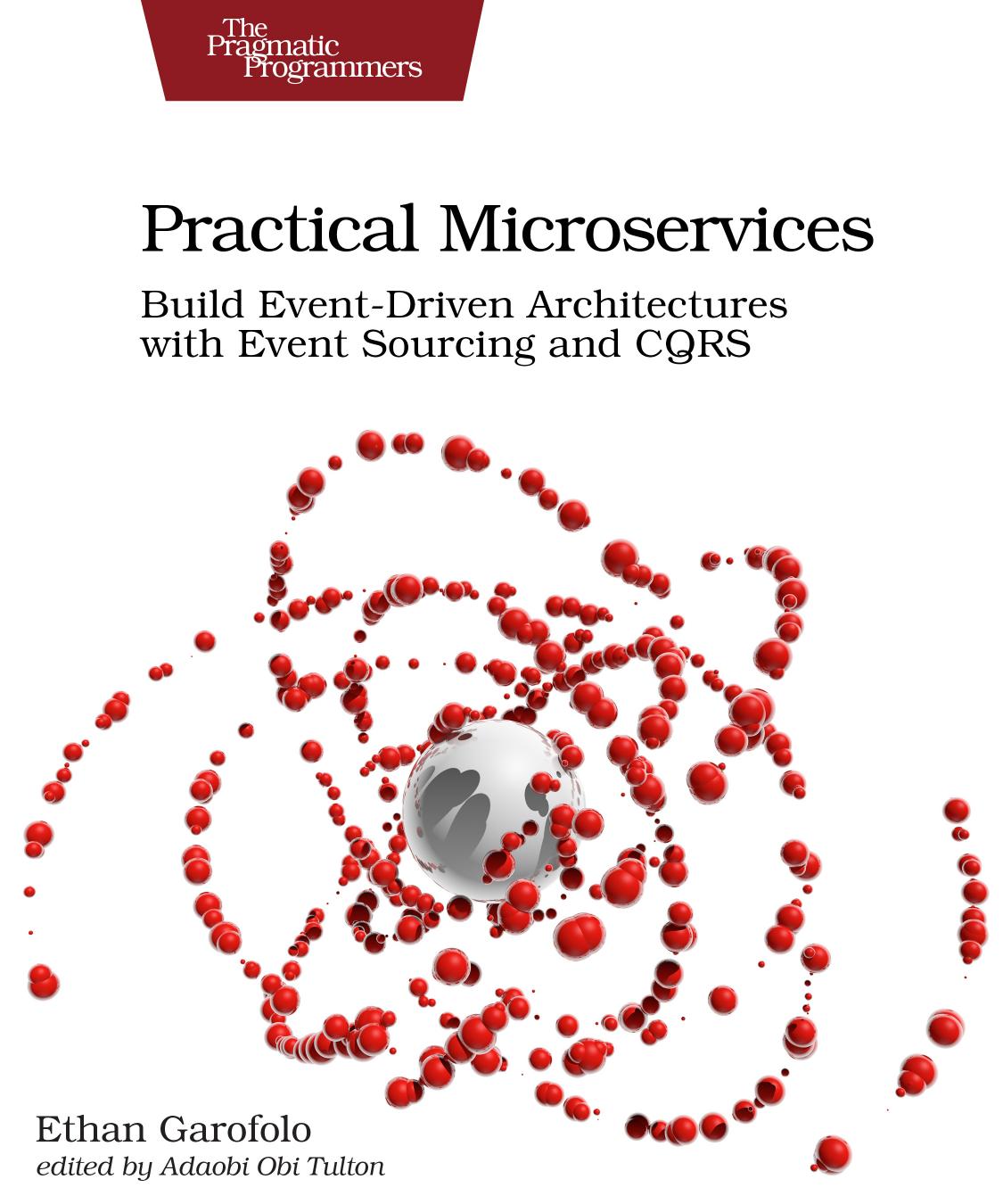Practical Microservices: Build Event-Driven Architectures With Event Sourcing and CQRS by Ethan Garofolo

Author:Ethan Garofolo [Garofolo, Ethan]
Language: eng
Format: epub, pdf
Tags: Tools, General, Software Development & Engineering, Distributed Systems, Pragmatic Bookshelf, computers, Programming
ISBN: 9781680506457
Google: GAsAwAEACAAJ
Publisher: Pragmatic Bookshelf
Published: 2019-08-04T23:34:55.389927+00:00
You may notice that the length of the antenna is explicitly depicted in both figures; this is because in both cases, the length of the antenna poles has a specific relationship to the wavelength of the received signal. A monopole antenna will experience the best reception if the antenna is one-quarter the length of the signal wavelength. A dipole, being really nothing more than two monopoles stuck together, will get the best reception if the total length of the antenna (both monopoles measured together) is one-half the signalâs wavelength.
Obviously, the length requirement is not a hard-and-fast rule, otherwise the whip antenna on your car (or the one built into your windshield) would be able to pick up only one stationâthe one whose signal frequency matched the antennaâs length. Rather, it means that antenna performance will be optimized at a particular length, and if you are designing an antenna to pick up one particular signal, then taking this rule into account will be to your advantage. An interesting experiment for a budding antenna physicist would be to use a handheld FM radio with a variable-length antenna and see if changing the length of the antenna affects the reception of different local stations. Following the equations given earlier, a monopole antenna should be set to about 75 cm to best pick up an FM station transmitting at 100.1 MHz, and making it longer should optimize reception of lower-frequency broadcasts (99.9, for example). Meanwhile, making it shorter (remember, higher frequencies mean shorter wavelengths) should optimize receiving stations at 101.1 and above.
The final antenna shapes that weâll talk about are those tuned to circularly polarized signals. And what shape is used for that type of reception? Not surprisingly, it hearkens back to the series of antennas mounted circularly around a central mast I mentioned earlier, but in this case itâs more of a DNA shape: the helix antenna.
The simplest helix antenna is the monofilar helix in the image that follows. We donât want to get too deep into antenna physics, again, so just know that things like the radius of the turns, the distance between them, the total length of the antenna, and the pitch angle affect the reception power. At its core, however, the monofilar helix is just a monopole antenna like the whip antenna we discussed earlier, only with an omnidirectional radiation/reception pattern.
Download
Practical Microservices: Build Event-Driven Architectures With Event Sourcing and CQRS by Ethan Garofolo.pdf
This site does not store any files on its server. We only index and link to content provided by other sites. Please contact the content providers to delete copyright contents if any and email us, we'll remove relevant links or contents immediately.
Exploring Deepfakes by Bryan Lyon and Matt Tora(8287)
Robo-Advisor with Python by Aki Ranin(8241)
Offensive Shellcode from Scratch by Rishalin Pillay(6386)
Microsoft 365 and SharePoint Online Cookbook by Gaurav Mahajan Sudeep Ghatak Nate Chamberlain Scott Brewster(5614)
Ego Is the Enemy by Ryan Holiday(5294)
Management Strategies for the Cloud Revolution: How Cloud Computing Is Transforming Business and Why You Can't Afford to Be Left Behind by Charles Babcock(4527)
Python for ArcGIS Pro by Silas Toms Bill Parker(4460)
Elevating React Web Development with Gatsby by Samuel Larsen-Disney(4182)
Machine Learning at Scale with H2O by Gregory Keys | David Whiting(4178)
Liar's Poker by Michael Lewis(3369)
Learning C# by Developing Games with Unity 2021 by Harrison Ferrone(3333)
Speed Up Your Python with Rust by Maxwell Flitton(3280)
OPNsense Beginner to Professional by Julio Cesar Bueno de Camargo(3251)
Extreme DAX by Michiel Rozema & Henk Vlootman(3236)
Agile Security Operations by Hinne Hettema(3160)
Linux Command Line and Shell Scripting Techniques by Vedran Dakic and Jasmin Redzepagic(3151)
Essential Cryptography for JavaScript Developers by Alessandro Segala(3122)
Cryptography Algorithms by Massimo Bertaccini(3057)
AI-Powered Commerce by Andy Pandharikar & Frederik Bussler(3022)
